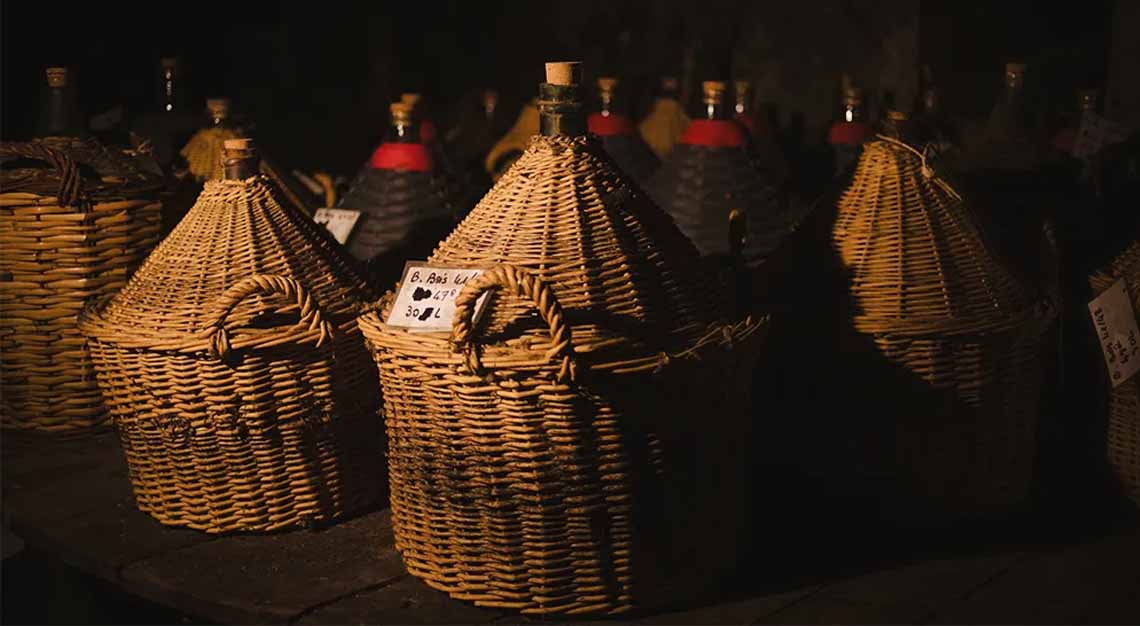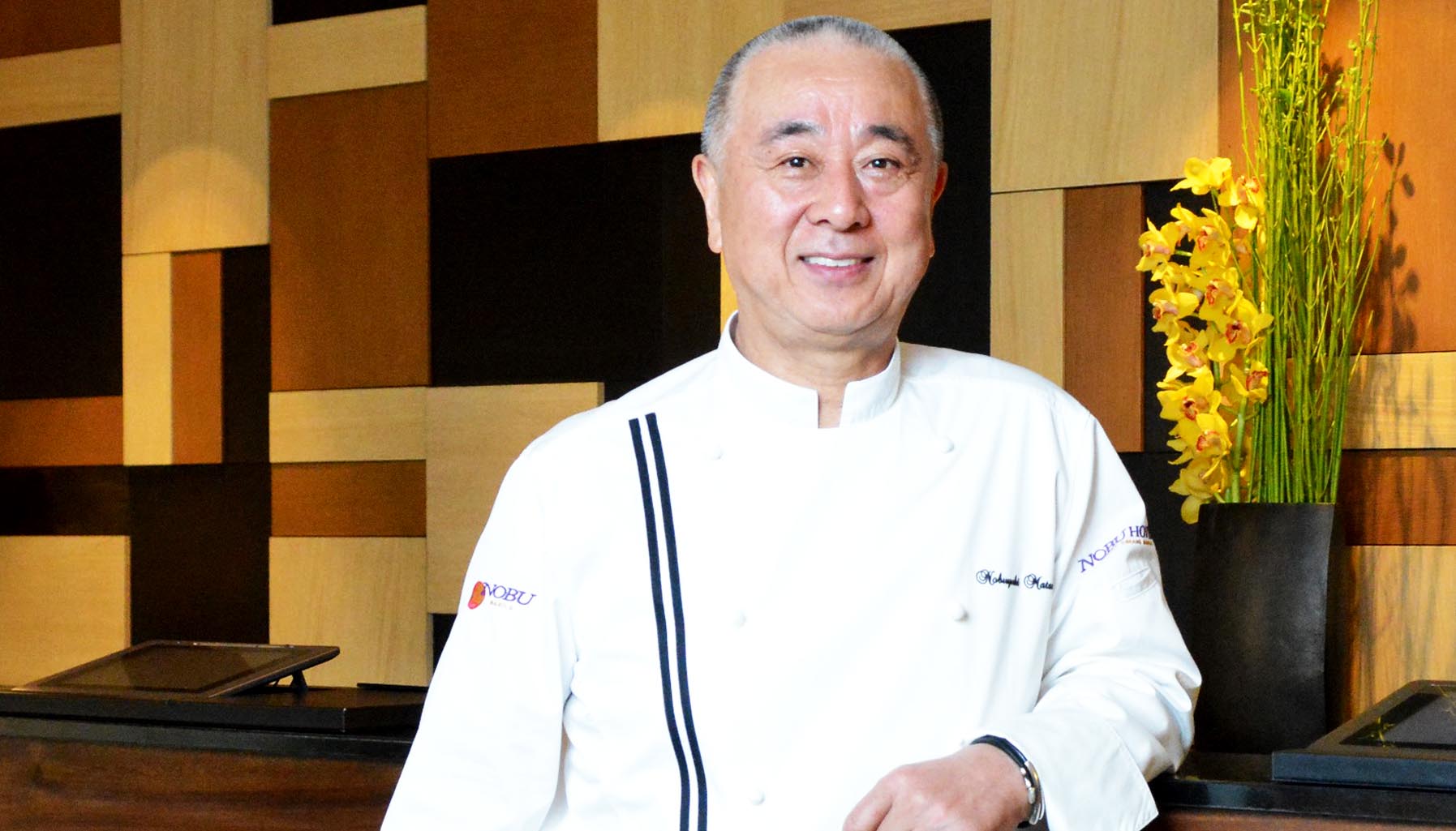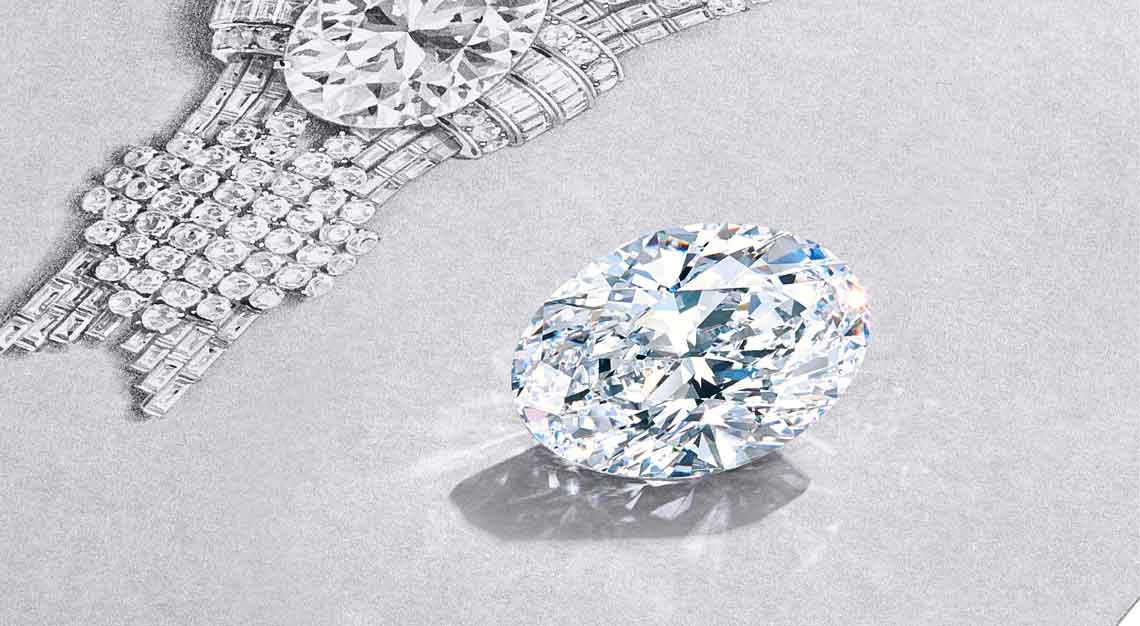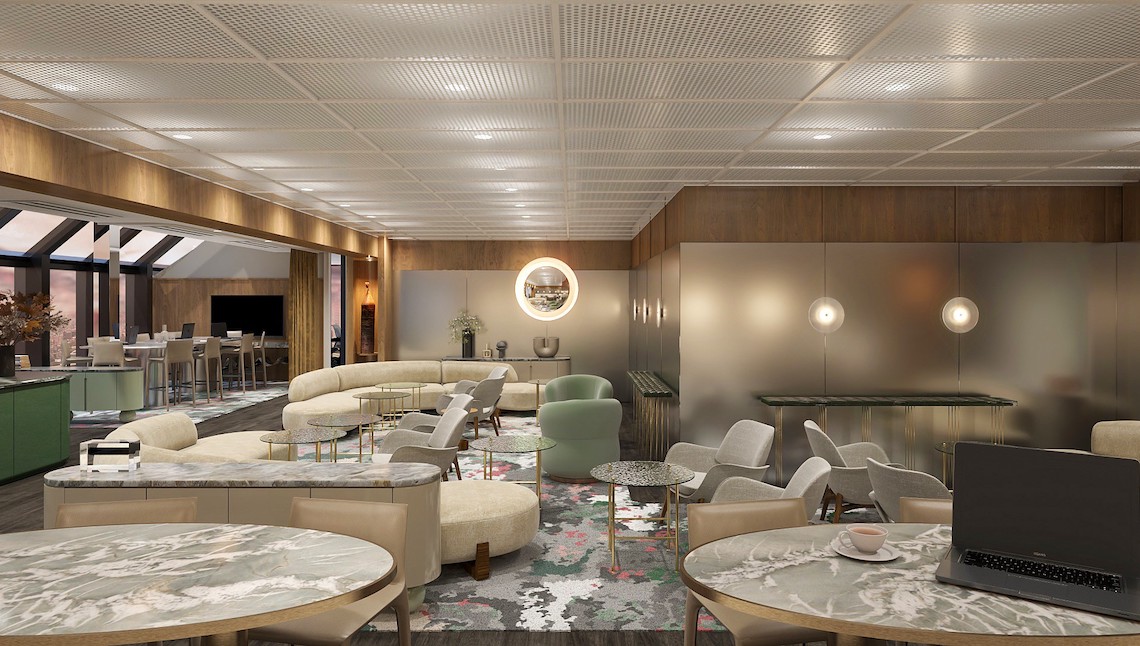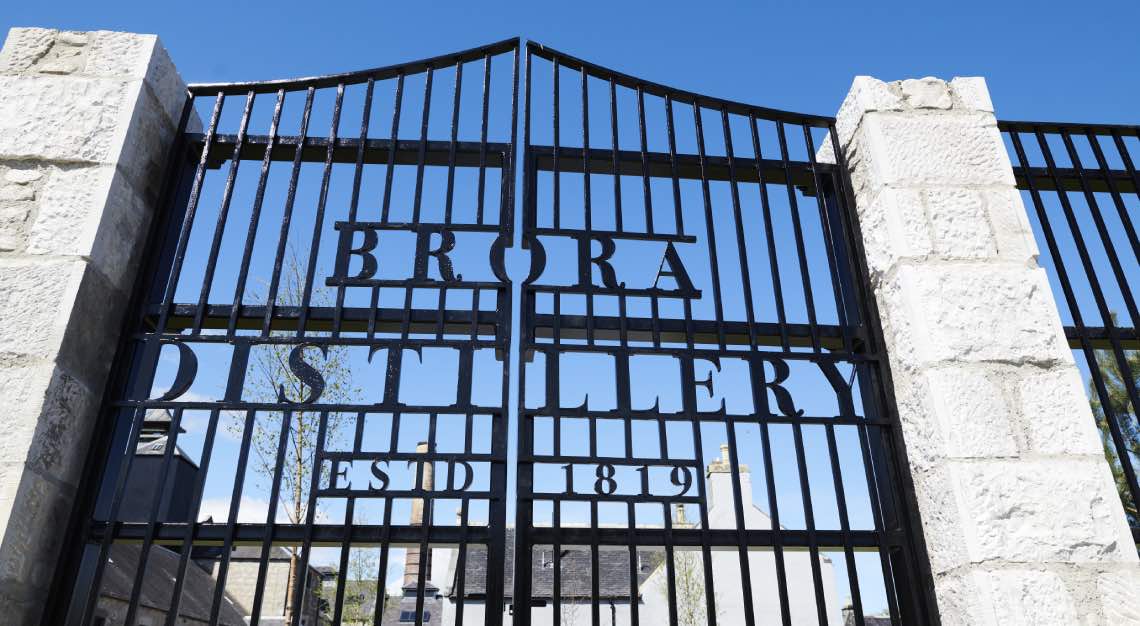Tucked away in the cellars of small family-owned brands sit lovingly preserved spirits for the next generation—or for you, if you know where to look
Duck under a low beam and step into the blackness of Vallein Tercinier’s ancient cellar, and for a moment, your muscles tighten instinctively: It’s the type of close yet cavernous space where you might expect to encounter a hibernating bear. As your pupils struggle to adjust, the only indication of the room’s purpose is the unmistakable angel’s share, the ambrosial aroma of Cognac, hanging in the damp air and coating your lungs with every breath.
The proprietor, Stéphane Roudier, is apologetic, first for the appearance of his ageing stillhouse, then for the lack of heating in this unseasonably cold winter. “We have no investors,” he explains. “There’s no money.” He and his wife, Catherine Tercinier-Roudier, own and operate Cognac Vallein Tercinier, as her family has since 1850.
She is the fifth generation to run the business (her brother and two nephews farm the land), taking over for her father, who took over for his father, and on and on, each new wave apprenticing for decades until, finally, it’s their time. In the coming years, another nephew will succeed the couple. Cynics might dismiss the generational aspect as a conveniently charming story—nice, but unrelated to the quality of the product—and if Vallein Tercinier were in the business of making, say, peanut butter or bicycle tyres, they might be right.
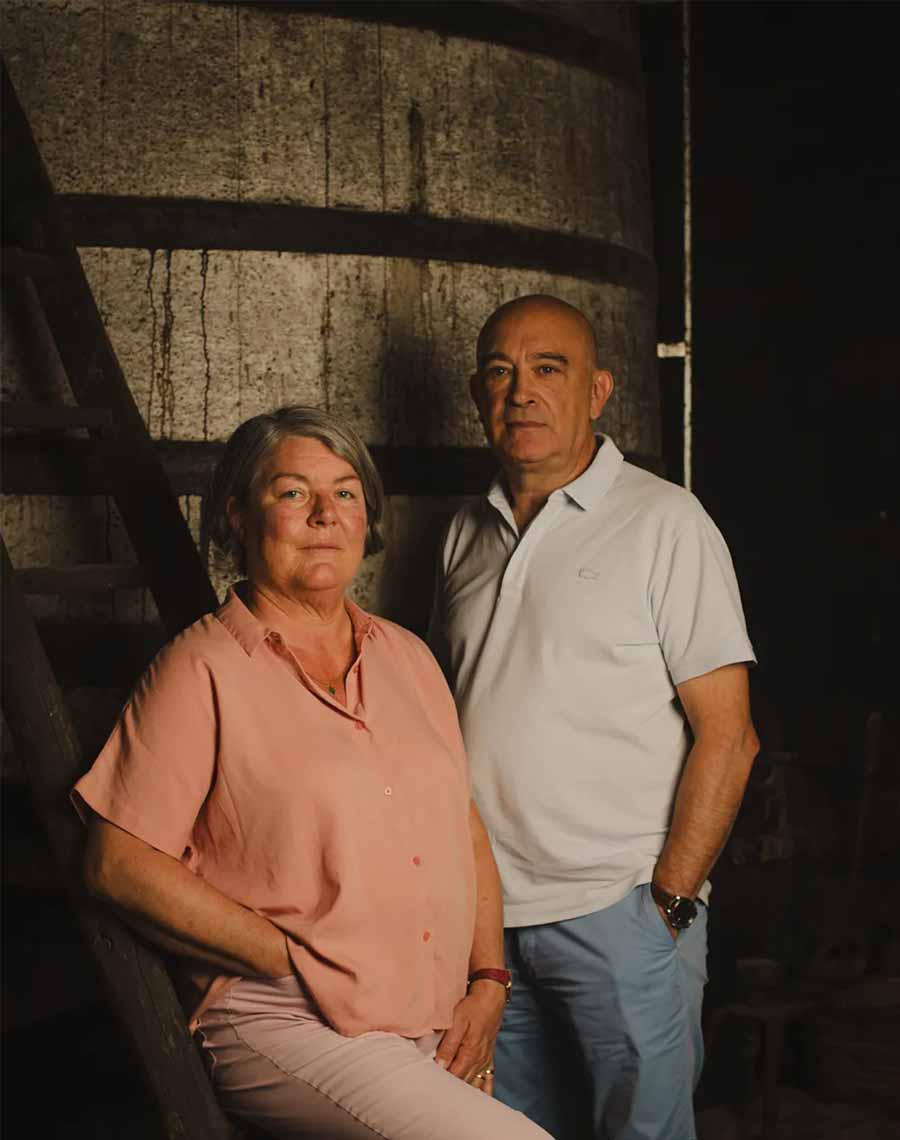
But in Cognac, tradition is everything. Roudier and Tercinier-Roudier would be the first to tell you theirs is a humble operation, many orders of magnitude smaller than the giants that dominate the industry, such as Hennessy and Rémy Martin, but their crumbling cellar nonetheless swells with treasures: Barrels stretch to the walls in all directions, and glass demijohns of Cognac crowd every flat surface in between.
These vessels are Tercinier-Roudier’s inheritance. Most of the spirit in this room was distilled by her ancestors, a good deal of it before she was even born. One barrel is a staggering 71 years old, and the demijohns date back even further, to the 1920s—thousands of litres of ancient Cognac, slumbering away in a dim basement. Roudier gestures at all the liquid, which, ironically, represents the couple’s lack of liquidity. “This is our bank,” he says.
When we consider high-end Cognac, we tend to think of the same four or five big companies, all selling impossibly old bottles nestled in rococo presentation boxes displayed in splashy kiosks. Intuition might suggest that global conglomerates’ financial firepower—enough to hire Alicia Keys and John Malkovich as spokespeople—is enough to grant them access to the oldest Cognacs, but the assumption fails to account for what makes this particular liquid so special. Cognac is a generational spirit.
The agricultural region, in southwestern France, is thick with small producers, among them Vallein Tercinier, that are sitting on gold mines of extraordinary mature liquids because the previous master distiller (likely the owner’s mother or grandfather) worked with a 100-year timeline. Bottlings of this ilk are legion: Tesseron Extreme, Francois Voyer Hors d’Age Coffret, Normandin Mercier Très Vieille, Ragnaud-Sabourin Paradis, to name just a few from independent producers, all the better part of a century old and all matching the big labels ounce for ounce in age and refinement.
There is, in other words, a craft side to Cognac that’s all but hidden from American consumers. But it’s ready to be discovered.
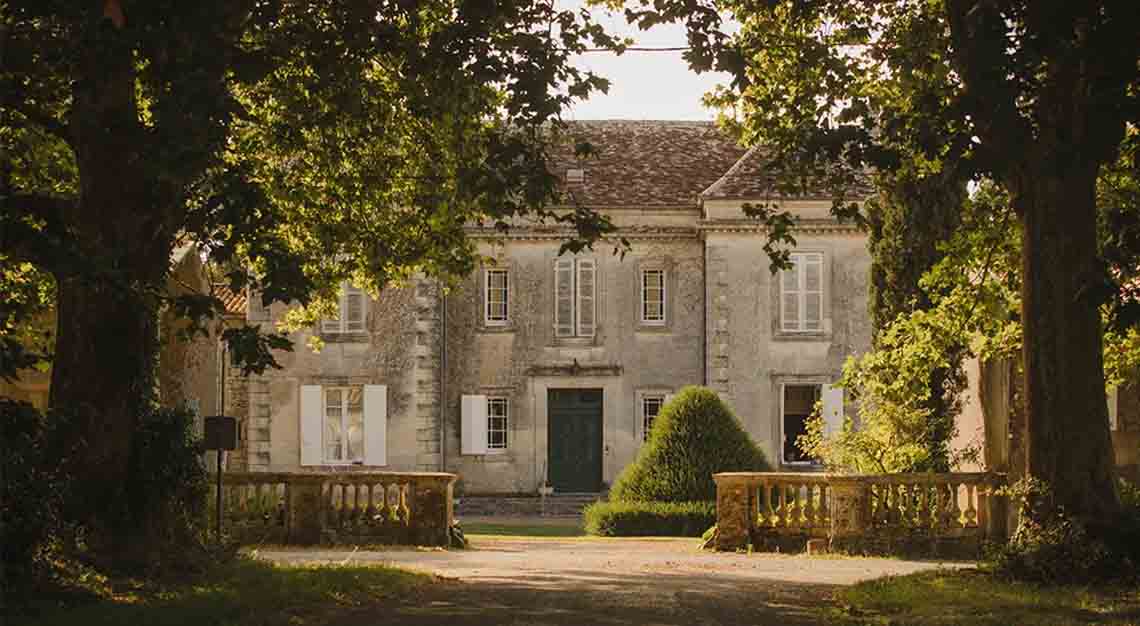
Not all spirits age in the same way—some get old, as it were, before others. All varieties start clear, like vodka, but aged spirits are then stored in wood, specifically oak barrels. Oak is semi-porous, so over time, as the spirits develop colour and deeper flavours via interaction with the wood, they’re also slowly evaporating (the aforementioned angel’s share), which, in the case of Cognac, accounts for about 2 to 3 per cent each year.
Once a spirit has reached its ideal maturity, the producer empties the barrels into glass or stainless steel, at which point, if stored correctly (wrapped in straw in a darkened cellar, for example), it’s no longer “aging” because it’s no longer changing. It can be kept inert in glass for decades or longer. That’s why, when we talk about the age of a spirit, we’re usually referring to how many years it spent in oak barrels.
As for how long a spirit should age, that depends on the spirit. In Mexico, ageing a tequila for three years in barrels qualifies it as an extra añejo, the oldest legal category available. In the world of bourbon, an 18-year spirit is considered something special and anything beyond the age of 23 is so rare you’ll probably never see one. Over in Scotland, with its temperate climate and older barrels, the spirits can marinate longer still, so the elite age range is 30 to 40 years and up.
Cognac makes them all look like children. “From a Cognac perspective, by ‘not old,’ I mean stuff that’s not older than 35 years,” says Max von Olfers, who with his sister, Sophie, runs the retail and informational website Cognac-Expert.com, which sells Vallein Tercinier along with other hard-to-find brands. “If you go to bourbon or single malt, people are like, ‘What are you, crazy? You consider this not old?’ ” he adds with a laugh. “But for us in Cognac, we think, ‘Yeah, that’s all right.’ ”
With Cognac, he says, he starts to call a spirit old when it hits 50, and it’s not uncommon to come across liquid aged for 60 to 70 years or longer. By comparison, a bottle of 50-year-old Macallan Single Malt Scotch can command six figures, whereas a 50-year-old Cognac can easily be found for three. Cognac, no less complex or dynamic, tends to overdeliver.
If you’ve had a glass of Cognac, it has probably been one of the “big four,” the houses that dominate global production: Hennessy, Rémy Martin, Martell, and Courvoisier. Of the some eight million cases of Cognac sold in the U.S. in 2021, a staggering 85 per cent were from this quartet. (And when you factor in D’Ussé, the meteoric upstart founded by Jay-Z and majority-owned by the behemoth Bacardi, it’s closer to 95 per cent.) Hennessy alone makes up around 60 per cent of all US Cognac sales. These four have pockets so deep you could get lost in them, which you can see in their marketing budgets and city block–sized production facilities, as well as in the visibility of their prestige bottlings.
The biggest name here is Louis XIII from Rémy Martin, a surprisingly common sight given its price tag of around US$4,300. Not only is the liquid blended from up to 1,200 of the company’s finest eaux-dae-vie, but it also comes in a hand-crafted crystal decanter with an 18-karat-gold neck and an NFC chip in the cork so as to more easily connect your smartphone to the Louis XIII Society, which offers various perks, such as tasting events and complimentary engraving of said decanter. Hennessy has something along the same lines with Paradis, while Martell has L’Or and Courvoisier has L’Essence—all similarly grand bottlings, all plentifully available in gorgeous decanters and bespoke presentation boxes, the liquid inside a stunning 40 to 70 or sometimes even 100 years old.
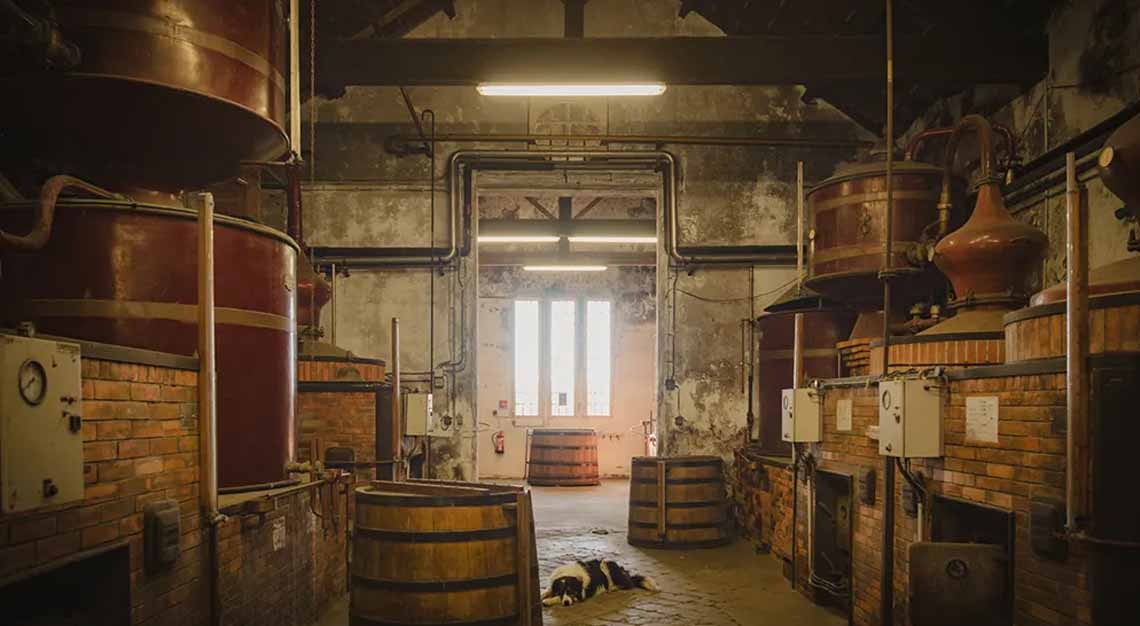
To be clear: These are all spectacular spirits, and it would be hard to find a Cognac professional who would disagree. These four cast such a shadow that it can be difficult to see just how many worthy competitors they actually have. But immersing oneself in the world of Cognac reveals a wealth of options, each with its own unique story.
When Alexandre Gabriel first encountered the Ferrand family, they had been working in Cognac for almost four centuries. “It was 10 generations of guys called Elie-something-Ferrand,” he says. But the house had become moribund. The family had brilliant old Cognac in the cellar and knew all the production secrets (the fabled French savoir faire), but sales had stalled. Gabriel, all of 22 and still in business school at the time, saw the potential and went to work for them. He studied with cellar masters to become one himself—“a 20-year programme,” he says—and ultimately took control of Maison Ferrand.
Thirty-four years after joining the business, Gabriel is now in his mid-50s, trim and energetic, with an ecstatic, loping conversational style. He lives in the château on the Ferrand farm and, to remind himself of the legacy entrusted to him, keeps a letter from Henriette Ranson-Ferrand, then 94 years old and the last of her line of Ferrands, in which she wrote of Gabriel, “It is up to him and the entire team at Maison Ferrand to continue this mission and to transmit this heritage in the years to come.” Gabriel takes this responsibility seriously: “It’s like, ‘You’re in charge. Don’t screw up.’ ”
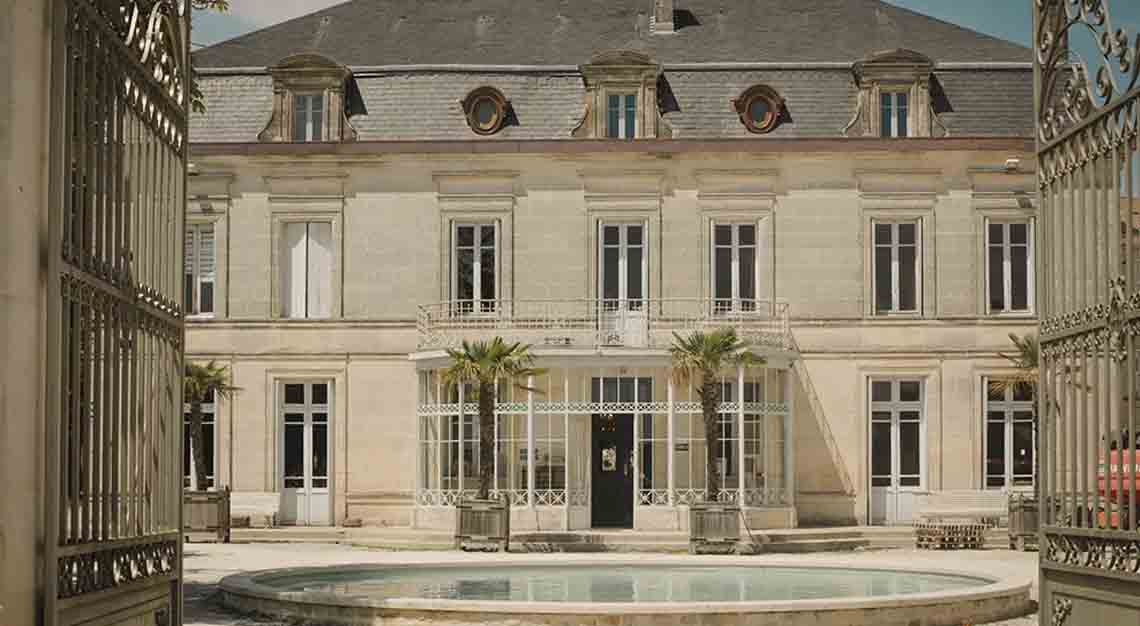
To honour the legacy of Elie Ferrand VIII—Mademoiselle Henriette’s great-grandfather—Gabriel created Légendaire in 2020. Légendaire is Ferrand’s version of an hors d’age Cognac, one that Max von Olfers has called “perhaps one of the strongest rivals to Louis XIII,” in terms of quality, if not sales. Gabriel tells me that, between distillation and evaporation, it takes 40 to 50 bottles of wine and 50 to 70 years to produce one bottle of Légendaire. This year’s batch was 500 bottles, which sell for just under US$3,000 a pop. To create a Cognac this old, he says, it’s best to distill it differently than you would a Cognac you intend to sell younger. This is an extraordinary idea, because it means that the distillers who filled these barrels 70 years ago did so knowing they’d never see them bottled and enjoyed, the proverbial old men planting trees in whose shade they’ll never sit.
“The people who made Légendaire, they are dead,” Gabriel confirms. “And the Légendaire we are making today, when the people will be drinking them, you and I will be with the angels, drinking the angel’s share.”
This multigenerational culture is what allows even modest producers of Cognac to possess such extraordinary age ranges. “My grandfather always said that you never own a farm, you tend to a farm,” he explains. “And you never own a Cognac company. You tend it.”
Look hard enough in the world of Cognac, and you begin to see these incredible bottlings everywhere. Some firms, such as Cognac Grosperrin, are what’s known in France as négociant-éleveurs: They don’t distill but are in the business of finding exceptional barrels or demijohns in other people’s cellars, then ageing and/or blending, then bottling them themselves. Among many standouts is a 50-year-old Bon Bois and the “52-22,” a blend of two Fins Bois Cognacs distilled in 1952 and 1922, respectively. (An aside on blending: The stated age of a bottle is the youngest Cognac in the mix.)
A. E. Dor has been collecting and bottling exceptional Cognacs since the 1850s. The company tends to pull its spirit out of oak at around 70 years before sealing it in glass; one group of demijohns astoundingly dates back to 1805—the year Thomas Jefferson was inaugurated to his second presidential term. A. E. Dor has many coveted bottlings that it labels by number; No. 8 is a minimum of 45 years old and a whisky lover’s Cognac, with a big oak presence and ample natural sweetness and spice, while No. 9 is a mix of two demijohns, both distilled in 1914, and No. 11 comes from Cognacs distilled up to 130 years ago. Lucas Paillet, A. E. Dor’s export manager, tells me that, for him, true luxury is having these impressive liquids to play with.
“Some things you can’t buy,” he says. “The heritage, the years in the past.”– Lucas Paillet
In 2004, Flavien Desoblin opened a bar called the Brandy Library in Manhattan’s Tribeca neighbourhood, a temple to extraordinary spirits still much beloved in its 20th year. He, as much as anyone, has seen the American taste for Cognac evolve. Customers used to consume Cognac because it’s what they thought rich people did, or because a famous hip-hop artist talked about it, but increasingly there’s intention and sophistication behind the choice. “Now it’s a lot more cultural,” Desoblin says, adding that customers “want to know about the history of the house, about the different habits in that family—you know, the way they do things.”
He doesn’t buy bottles of Louis XIII anymore, a decision that has nothing to do with the quality, which is still exceptional, but rather with the price, which has gone up threefold in 15 years, as well as with his regulars’ trust in him to introduce them to something new. Throughout the world of spirits, the creative energy is moving toward the craft side, and smaller Cognac houses have leaned into this trend with special offerings such as ultra-old, single barrel, vintage, and/or cask-strength bottles. Discovering these finds is more or less the whole idea behind Brandy Library, where current high-dollar top sellers include Ragnaud-Sabourin Florilègae, Dudognon Héritage, and Paul Beau La Lignée dae Samuel. “Everybody is looking for the next interesting drink,” Desoblin says. “We’re living in an amazing time.”
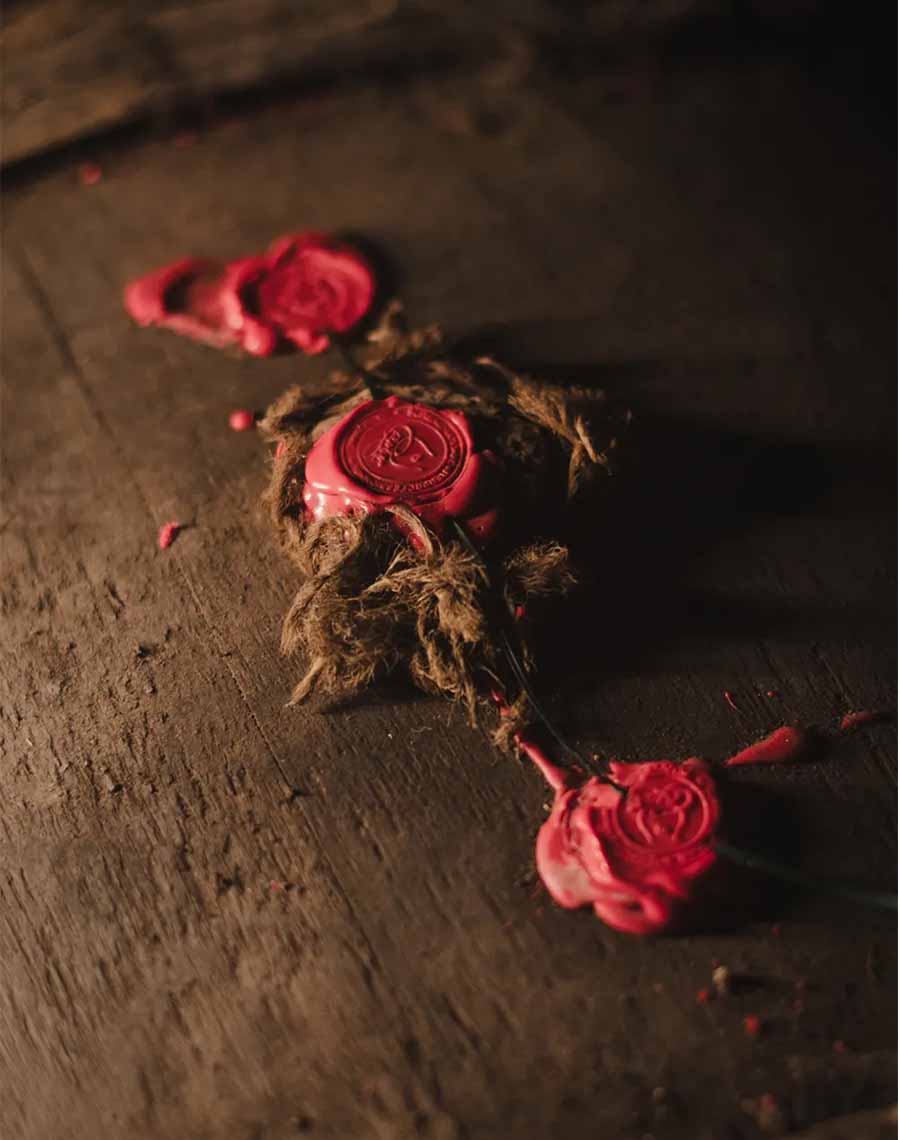
of an official from the Bureau National du Cognac, who also must witness the bottling. Photo by Céline Levain
At Vallein Tercinier, there may not be much money for cosmetic repairs, but the house was among the first to start releasing these extraordinary special editions, and that breathed life into the business. Now that Roudier and Tercinier-Roudier’s Rue 34, distilled in 1934, has sold out, the couple have released Brut dae Fût Lot 30 Petite Champagne (a reference not to the synonymous sparkling wine but the chalky soil in which its grapes are grown), distilled in 1930, aged in French oak barrels for 65 years, and preserved in demijohns from 1995. Only 238 of these bottles are on offer, at US$800 each, and when they’re gone, they’re gone.
Desoblin tells me that producers like Vallein Tercinier work harder on strategy and inventory management than they do making the product itself. “They rely on the stocks from so long ago and need to guarantee that their grandchildren will have the same [quality of ] stocks,” he says. That’s the difficult part. The actual making of the Cognac—the farming, crushing, vinification, and distillation—is simply what they do, what their father or mother or uncle did, what their family has done for generations. “These people,” he says, “make Cognac like they breathe.”
Coming of age
Fortunately for Cognac lovers, Vallein Tercinier and Maison Ferrand have a number of noteworthy peers. Here, five other exceptional bottles to try.
Ragnaud-Sabourin Paradis Heritage
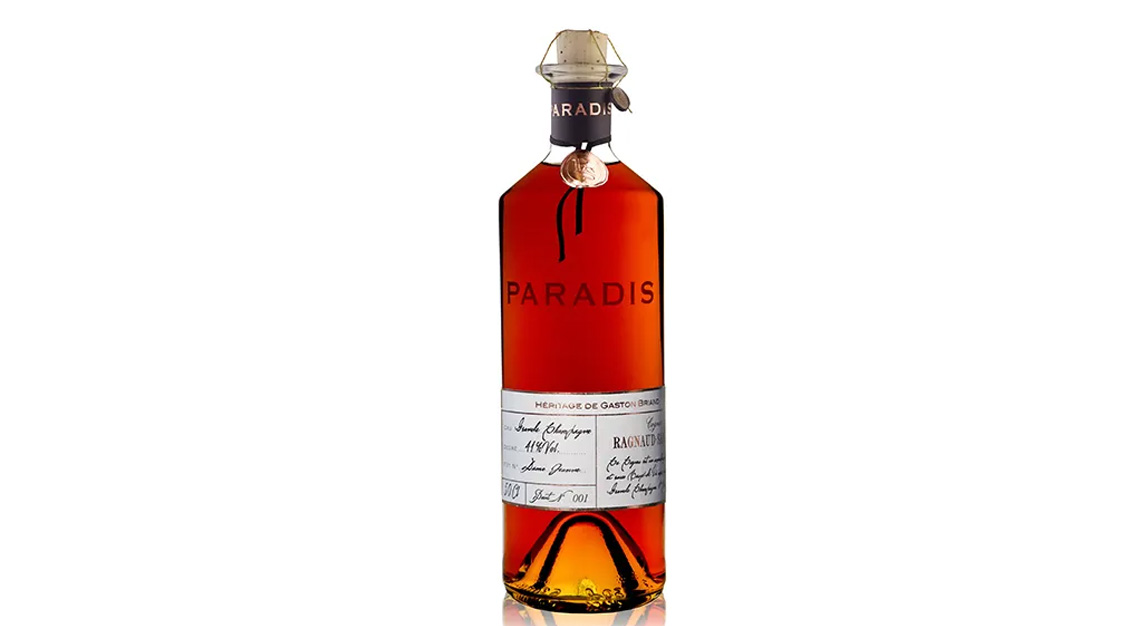
Ragnaud-Sabourin boasts an unusual quantity of old barrels bestowed by previous generations, showcased here in a noble blend, about 10 percent of which is from demijohns distilled before 1870. US$1,210
Tesseron Extreme
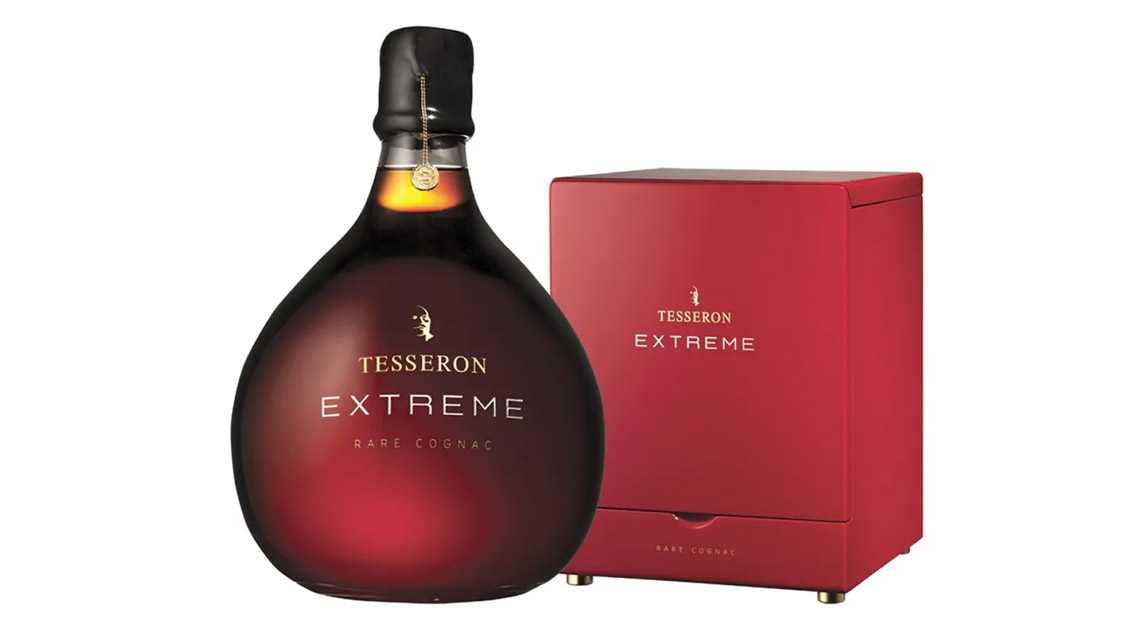
Only about 300 of these conversation pieces—magnum-sized decanters containing a blend of 10 eaux-dae-vie dating back to 1853—are produced each year. US$4,500
Héritage René Rivière Hors D’Age Grand Hommage Cognac
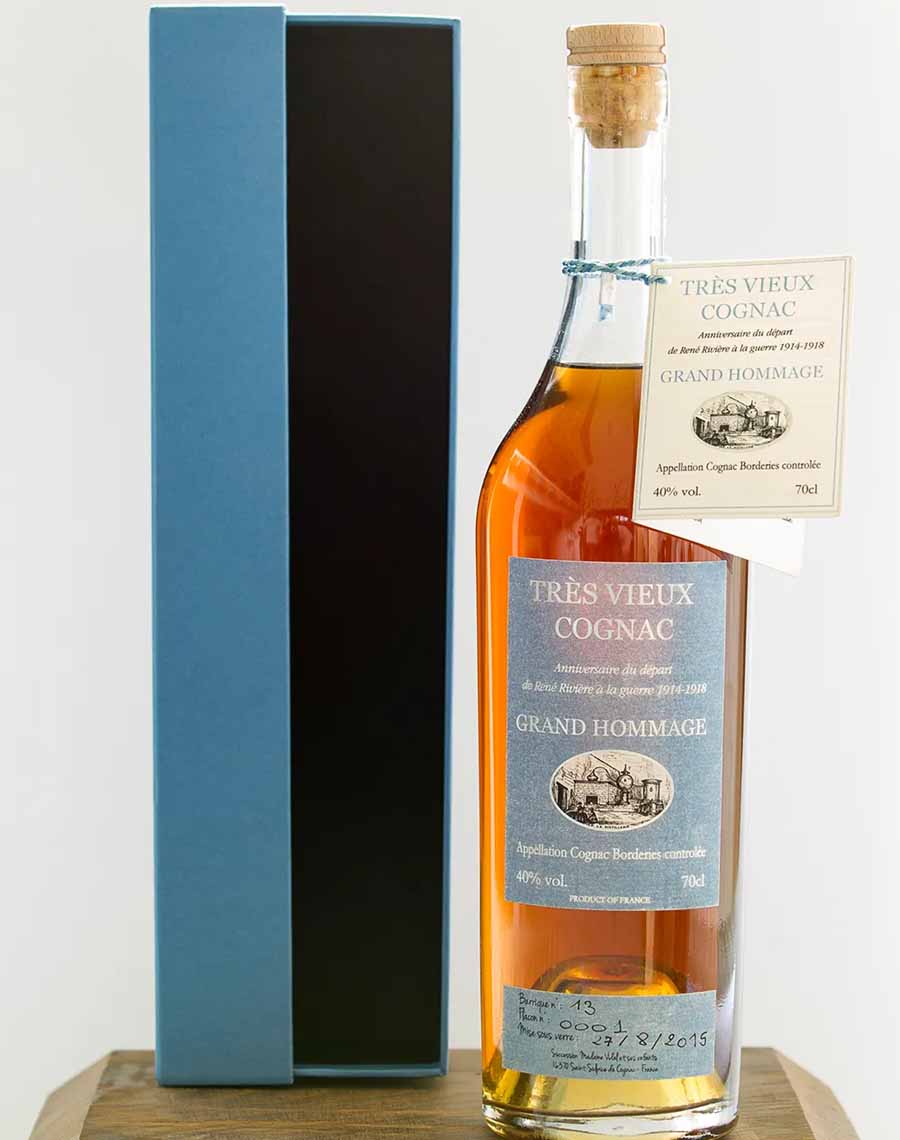
An unusual entry on this list, as the grapes are all from Borderies, bringing the signature floral, fruity finesse of Cognac’s smallest area to the ultra-age game: The spirits in this blend spent a minimum of 70 years in oak. S$2,056.88
Frapin Cuvée Plume Cognac
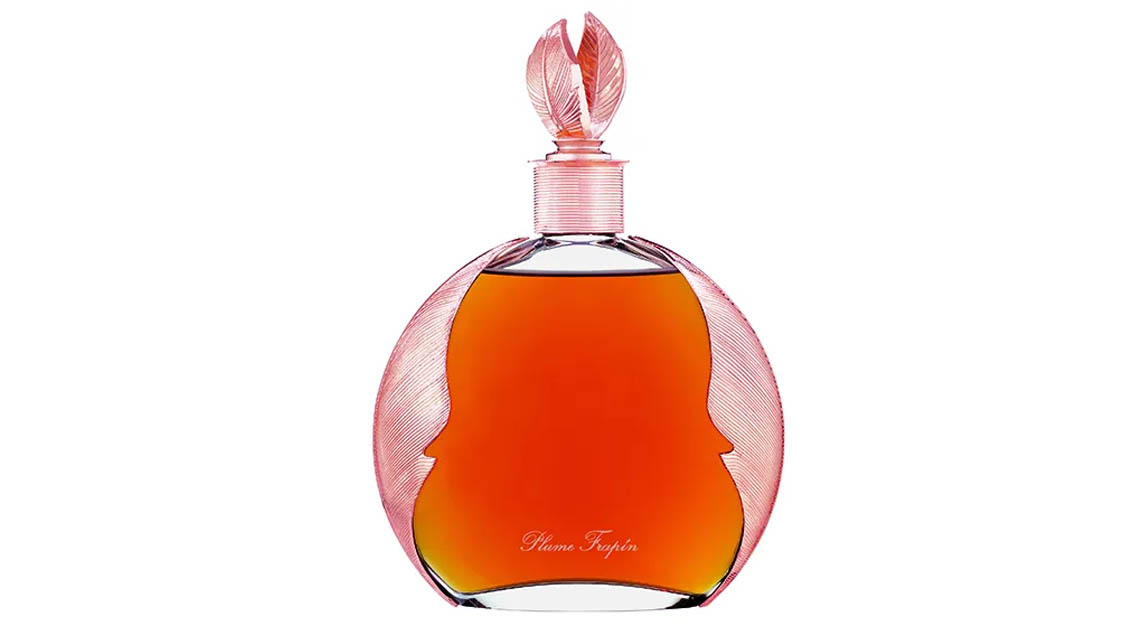
Only 500 numbered bottles of this estate-grown treat from one of the oldest, most renowned names in family-owned Cognac—blended from about 20 of the house’s most exclusive barrels—were created. S$4,658.30
Francois Voyer Hors d’Age Coffret Grande Champagne Cognac
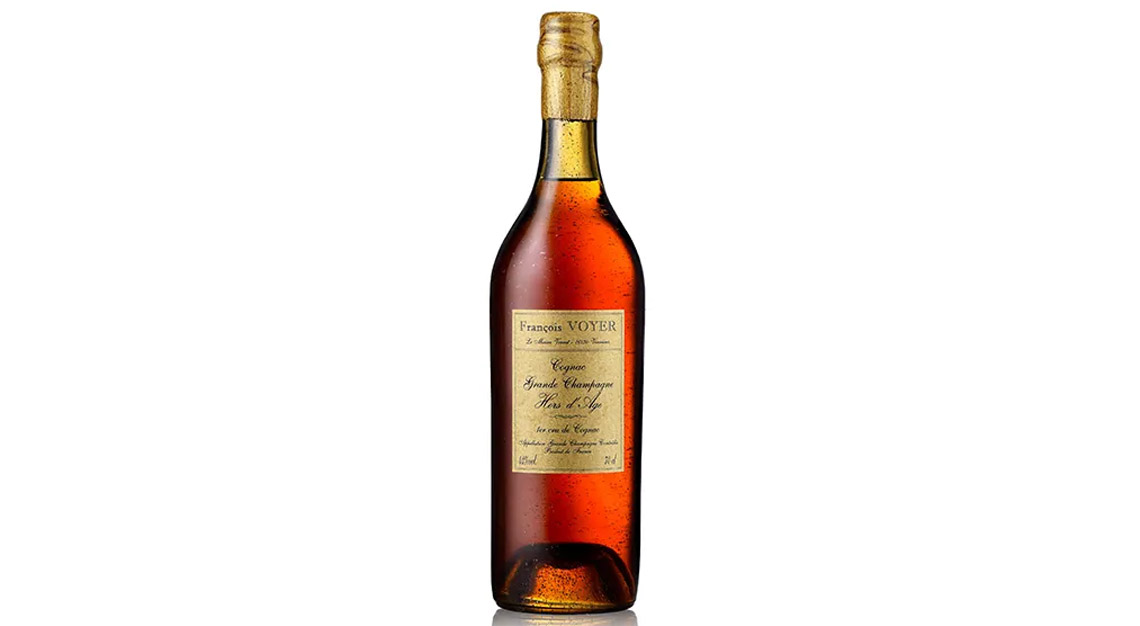
Cellar master Pierre Vaudon takes a note from his famous competitors and bottles this 40-to-60-year-old Grand Champagne treasure in a Crystal dae Sèvres bottle inside a bespoke clamshell presentation box. €799.00
This story was first published on Robb Report USA
